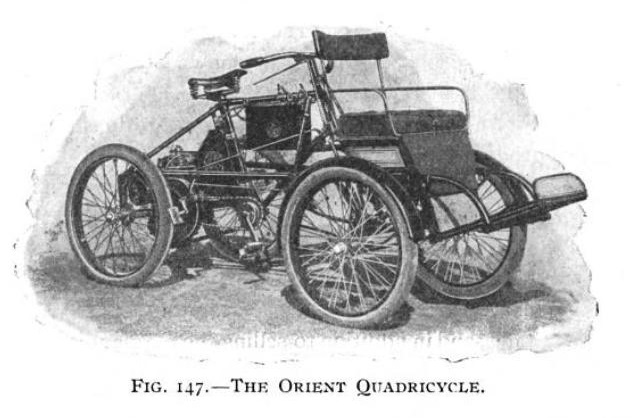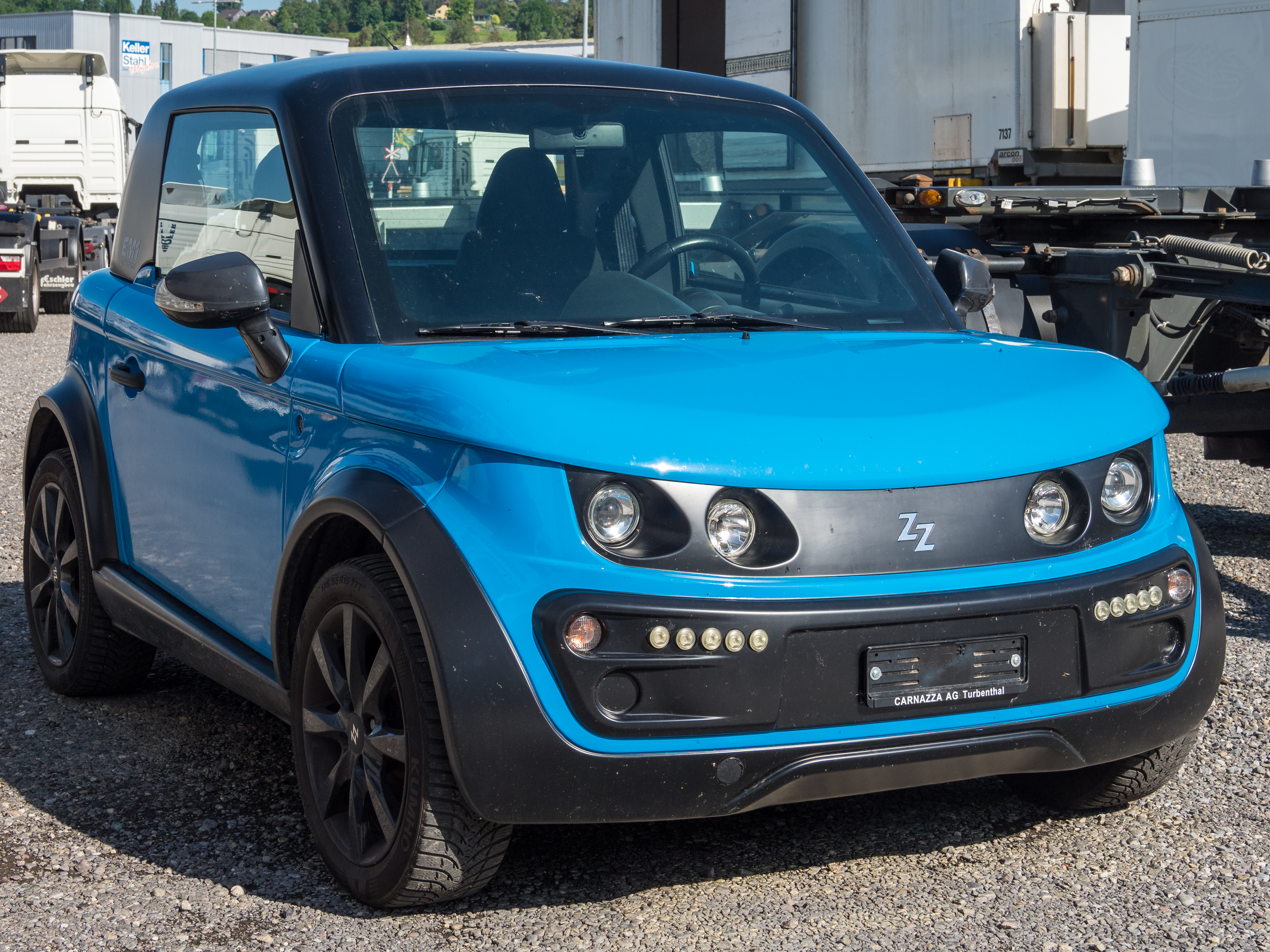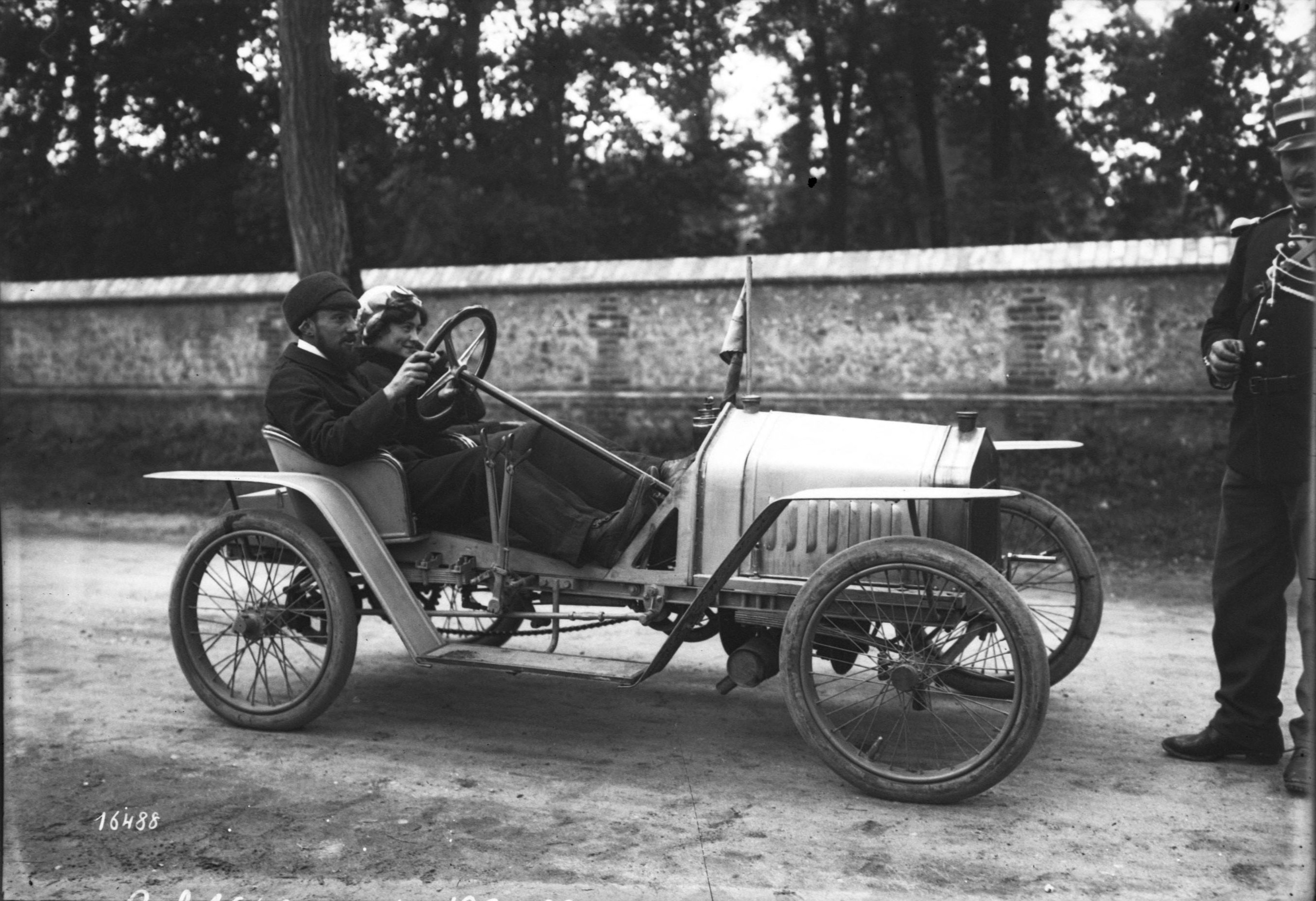|
Quadricycle
Quadricycle refers to vehicles with four wheels. In 1896 Henry Ford named his first vehicle design the "Quadricycle". it ran on four bicycle wheels, with an engine driving the back wheels.Brinkley, David, ''Wheels for the World: Henry Ford, His Company, and a Century of Progress'', (New York: Penguin Group, 2003), p.22 In 21st century France, a quadricycle is a 4-wheel car that cannot go faster than , weighs less than , and has a maximum power of . In the United States, a similar classification is the low-speed vehicle class. * Ford Quadricycle, Henry Ford's first design *Burnard Jarstfer Quadricycle (replica based on Ford Quadricycle) * Orient Quadricycle (aka Orient Autogo) * Truffault Quadricycle * Le Rudge Quadricycle Tandem * De Dion Bouton 1900 Quadricycle * De Dion Bouton Victoria Quadricycle [...More Info...] [...Related Items...] OR: [Wikipedia] [Google] [Baidu] |
Quadracycle
A quadracycle is a four-wheeled human-powered land vehicle. It is also referred to as a quadricycle, quadcycle, pedal car or four-wheeled bicycle amongst other terms. Quadracycles have been in use since 1853 and have grown into several families of vehicles for a variety of purposes, including tourist rentals, pedal taxis, private touring, mountain and industrial use. Nomenclature There is no consensus amongst manufacturers of four-wheeled, human-powered vehicles as to what this class of vehicles should be called, although ''quadracycle'' is the most commonly used term. Manufacturers who do refer to their products by class of vehicle call them: *Quadracycle - 11 manufacturers *Four-wheel bicycle - 7 manufacturers *Quadricycle - 5 manufacturers *Quadcycle - 3 manufacturers *Pedal car - 2 manufacturers *Quad - 2 manufacturers In addition there are single manufacturers who call them Go-kart, Car, Car-Bike, Ecological car, Human Powered Vehicle, Pedal Kart, Quadribent, Quattrocy ... [...More Info...] [...Related Items...] OR: [Wikipedia] [Google] [Baidu] |
Ford Quadricycle
The Ford Quadricycle was the first vehicle developed by Henry Ford. Ford's first car was a simple frame with a gas-powered engine and four bicycle wheels mounted on it. The earliest cars were hand built, one by one, and very expensive. The peculiar machines were seen as toys for the rich. In the 1890s, the "horseless carriage" was a relatively new idea, with no one having a fixed, universal idea of what a car should look like or how it should work. Most of the first car builders were inventors, rather than businessmen, working with their imaginations and the parts they had on hand. Thus, the invention of the Quadricycle marks an important innovation as a proto-automobile that would lay the foundation for the future, with more practical designs to follow. On June 4, 1896, in a tiny workshop behind his home on 58 Bagley Avenue, Detroit,Clymer, Floyd. ''Treasury of Early American Automobiles, 1877–1925'' (New York: Bonanza Books, 1950), p.58. where the Michigan Building now stan ... [...More Info...] [...Related Items...] OR: [Wikipedia] [Google] [Baidu] |
Quadricycle (EU Vehicle Classification)
The quadricycle is a European Union vehicle category for four-wheeled microcars, which allows these vehicles to be designed to less stringent requirements when compared to regular cars. Quadricycles are defined by limitations in terms of weight, engine power and speed. There are two categories of quadricycles: light quadricycles (L6e) and heavy quadricycles (L7e). History The quadricycle classification was officially created in 1992, when the European Union published Directive 92/61/EEC which decreed that quadricycles fell into the same category as mopeds. In 2002, Framework Directive 2002/24/EC then refined this definition by distinguishing between light and heavy quadricycles (L6e and L7e categories). The framework for drivers licences of light quadricycles in the EU was released in 2006, with Directive 2006/126 (the third Driving Licence directive). This directive applies the same requirements for light quadricycles as for mopeds. This directive includes a recommendation t ... [...More Info...] [...Related Items...] OR: [Wikipedia] [Google] [Baidu] |
Low-speed Vehicle
In the United States and Canada, low-speed vehicle (LSV) regulations allow relaxed design and registration laws for four-wheel vehicles that have a maximum capable speed of about . Several other countries have similar regulations. Canada Under Motor Vehicle Safety Regulations, a low-speed vehicle is defined as a vehicle, other than an all-terrain vehicle, a truck or a vehicle imported temporarily for special purposes, that is powered by an electric motor, produces no emissions, is designed to travel on 4 wheels and has an attainable speed in 1.6 km of more than but not more than on a paved level surface. Low-speed vehicles are currently street legal in British Columbia, Quebec, and Ontario. SC Carts was the first Canadian manufacturer to begin producing street legal low-speed vehicles. France Quadricycles (the EU vehicle classification covering this type of vehicle) can be driven without a car licence, and are known as ''voitures sans permis'' (VSP), literally “cars with ... [...More Info...] [...Related Items...] OR: [Wikipedia] [Google] [Baidu] |
Low-speed Vehicle
In the United States and Canada, low-speed vehicle (LSV) regulations allow relaxed design and registration laws for four-wheel vehicles that have a maximum capable speed of about . Several other countries have similar regulations. Canada Under Motor Vehicle Safety Regulations, a low-speed vehicle is defined as a vehicle, other than an all-terrain vehicle, a truck or a vehicle imported temporarily for special purposes, that is powered by an electric motor, produces no emissions, is designed to travel on 4 wheels and has an attainable speed in 1.6 km of more than but not more than on a paved level surface. Low-speed vehicles are currently street legal in British Columbia, Quebec, and Ontario. SC Carts was the first Canadian manufacturer to begin producing street legal low-speed vehicles. France Quadricycles (the EU vehicle classification covering this type of vehicle) can be driven without a car licence, and are known as ''voitures sans permis'' (VSP), literally “cars with ... [...More Info...] [...Related Items...] OR: [Wikipedia] [Google] [Baidu] |
Daimler Stahlradwagen
The ''Stahlradwagen'' (or "steel-wheeled car") was Gottlieb Daimler's second motor car. After seeing Panhard's Daimler-designed V-twin engine demonstrated at the Paris Exposition of 1889 and inquiring into the engine's weight and power, Armand Peugeot expressed his interest in a lightweight motor vehicle powered by the engine. Daimler worked with Wilhelm Maybach to develop the vehicle. The tubular steel frame resembled two bicycles joined side by side and was made by bicycle manufacturer Neckarsulmer Stahlfabriken, which would later become part of NSU Motorenwerke. Water, to cool the engine, was run through the tubular frame. The Stahlradwagen was demonstrated toward the end of the 1889 Exposition. Peugeot Peugeot (, , ) is a French brand of automobiles owned by Stellantis. The family business that preceded the current Peugeot companies was founded in 1810, with a steel foundry that soon started making hand tools and kitchen equipment, and the ... began building cars base ... [...More Info...] [...Related Items...] OR: [Wikipedia] [Google] [Baidu] |
All-terrain Vehicle
An all-terrain vehicle (ATV), also known as a light utility vehicle (LUV), a quad bike, or simply a quad, as defined by the American National Standards Institute (ANSI); is a vehicle that travels on low-pressure tires, with a seat that is straddled by the operator, along with handlebars for steering control. As the name implies, it is designed to handle a wider variety of terrain than most other vehicles. Although it is a street-legal vehicle in some countries, it is not street-legal within most states, territories and provinces of Australia, the United States or Canada. By the current ANSI definition, ATVs are intended for use by a single operator, although some companies have developed ATVs intended for use by the operator and one passenger. These ATVs are referred to as tandem ATVs. The rider sits on and operates these vehicles like a motorcycle, but the extra wheels give more stability at slower speeds. Although most are equipped with three or four wheels, six-wheel mode ... [...More Info...] [...Related Items...] OR: [Wikipedia] [Google] [Baidu] |
Duryea Motor Wagon
The Duryea Motor Wagon was among the first standardized automobiles and among the first powered by gasoline. Fifteen examples were built by the Duryea Motor Wagon Company of Chicopee, Massachusetts, between 1893 and 1896. Their enterprise followed the first commercially available automobile which was patented by Karl Benz on January 29, 1886, and put into production in 1888. To construct the first Duryea Motor Wagon, the brothers had purchased a used horse-drawn buggy for $70 and then installed a , single cylinder gasoline engine. The car had a friction transmission, spray carburetor, and low tension ignition. It was road-tested again on 10 November, when the newspaper '' The Springfield Republican'' made the announcement. The car was put into storage in 1894 and stayed there until 1920 when it was rescued by Inglis M. Uppercu and presented to the United States National Museum. The Duryea Motor Wagon remained in production until 1917. The Duryea brothers entered their horseless ... [...More Info...] [...Related Items...] OR: [Wikipedia] [Google] [Baidu] |
Horseless Carriage
Horseless carriage is an early name for the car, motor car or automobile. Prior to the invention of the motor car, carriages were usually pulled by animals, typically horses. The term can be compared to other transitional terms, such as mobile phone, wireless phone. These are cases in which a new technology is compared to an older one by describing what the new one does not have. Most horseless carriages are notable for their similarity to existing horse-drawn carriages, but with some type of mechanical propulsion. Features of the first horseless carriages include tiller steering, an engine under the floorboards, and a high center of gravity. In the 19th century, steam engines became the primary source of power for railway locomotives and ships, and for powering processes in fixed installations such as factory, factories. In 1803, what is said to have been the first horseless carriage was a steam-driven vehicle demonstrated in London, England, by Richard Trevithick. In the 1820s, ... [...More Info...] [...Related Items...] OR: [Wikipedia] [Google] [Baidu] |
Velomobile
A velomobile (); velomobiel, velo, or bicycle car is a human-powered vehicle (HPV) enclosed for aerodynamic advantage and/or protection from weather and collisions. Velomobiles are similar to recumbent bicycles, pedal go-karts and tricycles, but with a full fairing (aerodynamic or weather protective shell) and are not to be confused with purpose-built mobiles for racing or speed records fully faired vehicles with two wheels, generally called streamliners. Streamliners have set many speed and distance records. Though fast in their own right, velomobiles are considered much more suitable for the street than two-wheeled streamliners. Using three or more wheels can have advantages for everyday use, including the ability to stop and start unaided, better stability, cross-wind handling, etc., though there are arguments made that the multiple track machines (three or more wheels) have aerodynamic disadvantages due to the drag of the extra wheels and the surface contact points. In pr ... [...More Info...] [...Related Items...] OR: [Wikipedia] [Google] [Baidu] |
Cyclecar
A cyclecar was a type of small, lightweight and inexpensive car manufactured in Europe and the United States between 1910 and the early 1920s. The purpose of cyclecars was to fill a gap in the market between the motorcycle and the car. A key characteristic was that it could only accommodate two passengers sitting tandem style or passenger behind the driver. The demise of cyclecars was due to larger cars – such as the Citroën Type C, Austin 7 and Morris Cowley – becoming more affordable. Small, inexpensive vehicles reappeared after World War II, and were known as microcars. Characteristics Cyclecars were propelled by engines with a single cylinder or V-twin configuration (or occasionally a four cylinder engine), which were often air-cooled. Sometimes motorcycle engines were used, in which case the motorcycle gearbox was also used. All cyclecars were required to have clutches and variable gears. This requirement could be fulfilled by even the simplest devices su ... [...More Info...] [...Related Items...] OR: [Wikipedia] [Google] [Baidu] |
Orient Quadricycle
The Orient is a term for the East in relation to Europe, traditionally comprising anything belonging to the Eastern world. It is the antonym of ''Occident'', the Western World. In English, it is largely a metonym for, and coterminous with, the continent of Asia, loosely classified into the Western Asia, Southeast Asia, South Asia, Central Asia, East Asia, and sometimes including the Caucasus. Originally, the term ''Orient'' was used to designate only the Near East, and later its meaning evolved and expanded, designating also the Middle East, Central Asia, South Asia, Southeast Asia, or the Far East. The term ''oriental'' is often used to describe objects from the Orient; however in the United States it is considered an outdated and often offensive term by some, especially when used to refer to people of East Asian and Southeast Asian descent. Etymology The term "Orient" derives from the Latin word ''oriens'' meaning "east" (lit. "rising" < ''orior'' " rise"). The use of the w ... [...More Info...] [...Related Items...] OR: [Wikipedia] [Google] [Baidu] |






